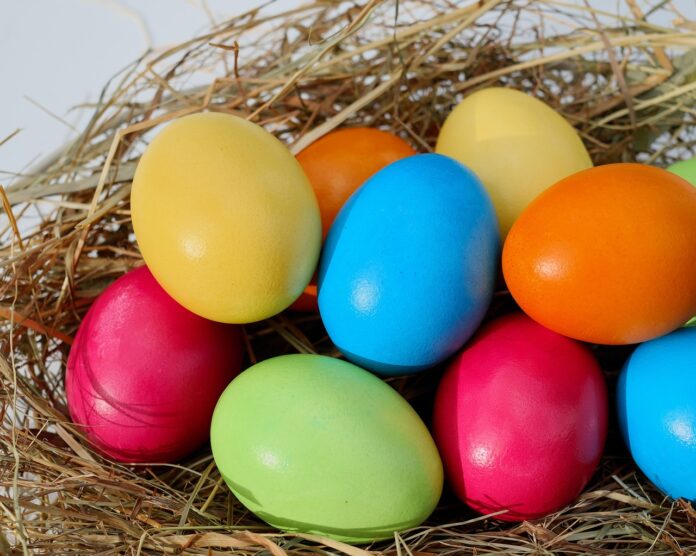Easter, a deeply revered holiday celebrated by millions around the globe, carries a rich tapestry of traditions and meanings that span several millennia. This day, observed primarily by Christians, commemorates the resurrection of Jesus Christ from the dead, as described in the New Testament of the Bible. The resurrection occurred on the third day after his crucifixion by the Romans at Calvary, around 30 AD. Beyond its religious roots, Easter also weaves in various cultural and folk traditions, making it a complex and widely observed festivity.
The origins of Easter trace back to early Christian practices, intertwined with Jewish traditions. Early Christians, many of whom were of Jewish origin, incorporated the timing of Easter with Passover, the Jewish festival celebrating the Israelites’ liberation from Egyptian slavery. This is because, according to the New Testament, the crucifixion and resurrection of Jesus happened around the time of Passover. As Christianity spread across different cultures, the observance of Easter absorbed and adapted many local customs, which is why today’s Easter celebrations can vary significantly across the world.
The name “Easter” itself is believed to have pre-Christian origins. Some scholars suggest it is derived from Eostre, the Anglo-Saxon goddess of spring and fertility. This connection is reflected in the timing of Easter, which aligns with the vernal equinox, heralding the arrival of spring in the Northern Hemisphere. This period of renewal and rebirth in nature became symbolically linked to the resurrection of Christ, blending religious significance with seasonal celebrations of new life and fertility.
Easter traditions are as diverse as they are ancient. One of the most widely recognized symbols of Easter is the egg, representing new life and resurrection. The custom of decorating eggs dates back to ancient times, long before the Christian era. Christians adopted this tradition, with the egg symbolizing the empty tomb of Jesus. The Easter Bunny, another popular symbol, has its origins in the folk traditions of Germany. The bunny, known for its prolific breeding, became associated with the fertility of spring. The tradition of the Easter Bunny hiding eggs is thought to have been brought to the United States by German immigrants in the 1700s.
Easter is a movable feast, meaning its date varies from year to year. The First Council of Nicaea in 325 AD established the method for determining the date of Easter, deciding it would fall on the first Sunday after the full moon following the March equinox. This decision reflects the blend of astronomical, cultural, and religious considerations that have shaped Easter’s timing throughout history.
Beyond its diverse traditions and symbols, Easter holds profound theological importance for Christians. It celebrates the belief in Jesus Christ’s victory over death, offering hope of eternal life. This central theme of resurrection has made Easter the most important Christian festival, a day of joy and celebration following the solemn observances of Lent and Holy Week.
Easter’s history is a blend of ancient religious ceremonies, cultural traditions, and seasonal celebrations. It transcends its Christian origins, engaging people of various backgrounds in a shared acknowledgment of life’s renewal. Whether observed as a solemn religious occasion or a time for family gatherings and chocolate eggs, Easter’s essence is a testament to the enduring human fascination with themes of rebirth, renewal, and hope.







